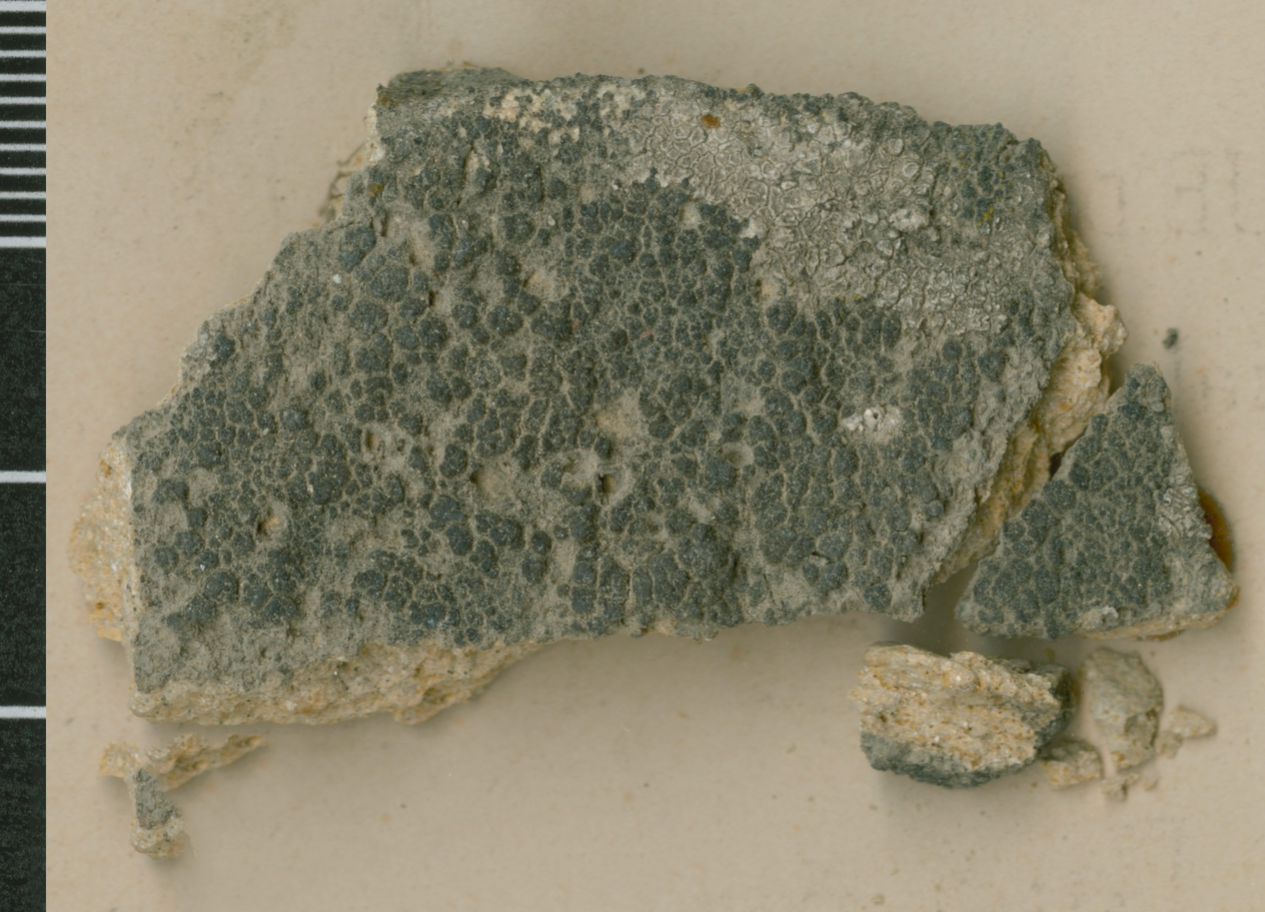PAST TALKS 2023
26 September 2023
PAOLO PATELLI
Aarhus University, Denmark
Respondent: Nazli Tümerdem, ETH Zurich

***
Alois Riegl: The Modern Cult of Monuments and its Transformations from 1903 to the Present
NIKOLA BEIM
University of Applied Arts Vienna, Austria
Spring 2023: Fulbright Visiting Scholar, GSAPP, Columbia University
Respondent: Grazia Cione, ETH Zurich

In her dissertation, Nikola analyzes the first axiological study of monuments defined in the Modern Cult of Monuments by Austrian art historian Alois Riegl in 1903 Vienna and maps its impact on the twentieth- and twenty-first-century architecture and preservation shifting from the physical to the digital realm. Nikola’s dissertation is divided into three research areas: “Notes on the Modern Cult of Monuments,” “The Anamnesis of the Cult,” and “Cult Beyond Digital.” The research analyzes the birth of the Modern Cult at Fin-de-siècle Vienna, measures the effect of the returning Cult in the second half of the twentieth-century international architectural discourse, and proposes the Cult beyond Digital by mapping the technological possibilities in the twenty-first-century building upon Riegl’s Modern Cult. The large gaps between the studied periods are due to the absence of the legacy within the missing timeframes. Therefore, the dissertation aims to offer a continuous story of Cult’s development from its birth to recent Times. The dissertation revolves around the question of what is the monument’s value in the twenty-first century operating within the digital realm while reflecting upon Riegl’s preservation theory. Furthermore, the project seeks a new representational model of monuments existing between physical and digital environments while utilizing current digital tools and methods.
︎︎︎ back to Past Talks 2023
Sentinel Gardens
PAOLO PATELLI
Aarhus University, Denmark
Respondent: Nazli Tümerdem, ETH Zurich
In environmental health studies, among other academic fields, the non-human indicators that alert us to a threat onset are called “sentinels”. The term comes from the military world, and refers to a soldier who goes to the front in order to see whether an enemy is advancing, but the word originally derives from the Latin “sentire”, to feel or sense. Thus the figure of the sentinel is bound up with both the problem of perception, and with those of surveillance and efficiency in monitoring protocols. In the late nineteenth century, botanist Wilhelm Nylander mapped air pollution in Paris by looking at lichen distribution in the Luxembourg gardens. He called the lichens “hygiometers” since they could assess the salubrity of a given location. Plants can sense light, chemicals, touch, temperature, electrical impulses, and sound waves through specific sensors or more diffuse systems of feedback. Can we look at flowers as machines for extracting impressions from sensoriums across species, for drawing out associations, as visualizations, materialisations? Such techniques are forms of environmental control that shape the possibilities of exchange between organisms and their surroundings as variables. When sensors are something more than strictly computational, landscapes can be described as platforms. This article will look at a selection of gardens as sites of data generation.
***
Alois Riegl: The Modern Cult of Monuments and its Transformations from 1903 to the Present
NIKOLA BEIM
University of Applied Arts Vienna, Austria
Spring 2023: Fulbright Visiting Scholar, GSAPP, Columbia University
Respondent: Grazia Cione, ETH Zurich
In her dissertation, Nikola analyzes the first axiological study of monuments defined in the Modern Cult of Monuments by Austrian art historian Alois Riegl in 1903 Vienna and maps its impact on the twentieth- and twenty-first-century architecture and preservation shifting from the physical to the digital realm. Nikola’s dissertation is divided into three research areas: “Notes on the Modern Cult of Monuments,” “The Anamnesis of the Cult,” and “Cult Beyond Digital.” The research analyzes the birth of the Modern Cult at Fin-de-siècle Vienna, measures the effect of the returning Cult in the second half of the twentieth-century international architectural discourse, and proposes the Cult beyond Digital by mapping the technological possibilities in the twenty-first-century building upon Riegl’s Modern Cult. The large gaps between the studied periods are due to the absence of the legacy within the missing timeframes. Therefore, the dissertation aims to offer a continuous story of Cult’s development from its birth to recent Times. The dissertation revolves around the question of what is the monument’s value in the twenty-first century operating within the digital realm while reflecting upon Riegl’s preservation theory. Furthermore, the project seeks a new representational model of monuments existing between physical and digital environments while utilizing current digital tools and methods.